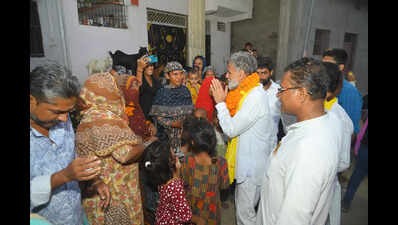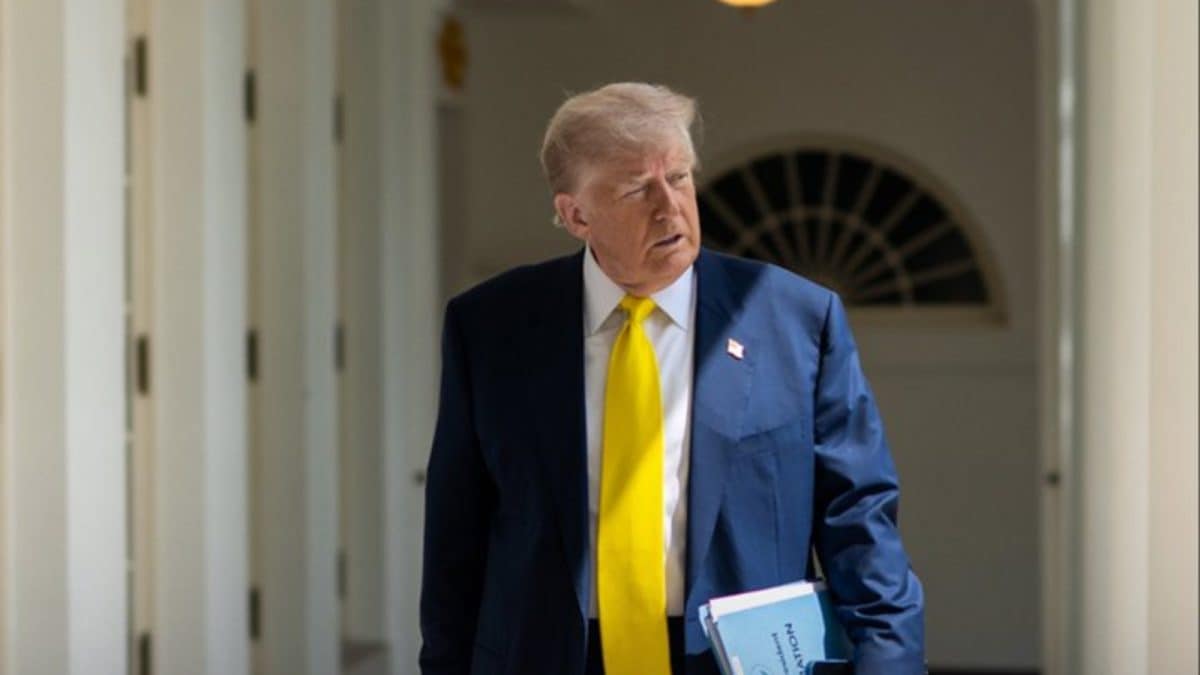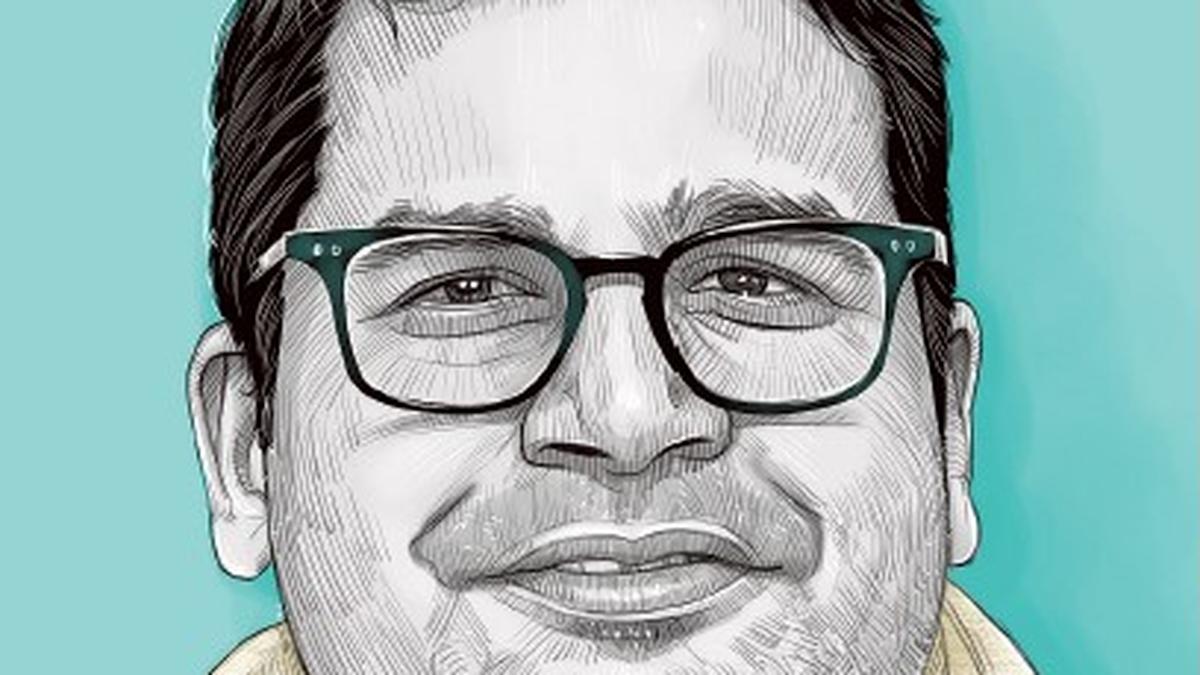ARTICLE AD BOX

Jan Suraaj’s Darbhanga candidate Rakesh Kumar greets voters
Darbhanga: As the sun slipped over the rooftops of Alafganj, a dense, predominantly Muslim neighbourhood in north Bihar’s Darbhanga, a 65-year-old man in a crisp white kurta-pajama threaded through the narrow lanes, a yellow party “fatka” hanging from his neck.
Rakesh Kumar Mishra, a retired director general-rank officer of Bihar Police and now a Jan Suraaj Party (JSP) candidate, greeted residents as people draped marigold garlands around his neck. Almost immediately, the loudspeakers of a nearby mosque crackled to life with the azaan. Mishra paused and smiled.“While God was being invoked, you were garlanding me… It is nothing but the bugle of victory… I am thankful to Allah,” he said.The former IPS officer’s unique campaign style highlights Prashant Kishor’s attempt to script a new political grammar in Bihar — a state long dominated by caste and religious loyalties. For 243 assembly seats, JSP has fielded candidates in 240 constituencies, focusing on education, jobs, and development to attract urban elites, youth, and upper-caste voters.CANDIDATES & IDEALSAmong JSP’s candidates are doctors, retired bureaucrats and professors such as K C Sinha, author of widely used mathematics textbooks, contesting Patna’s Kumhrar seat, a BJP stronghold.
“One reason youth don’t connect with state politics is that it offers nothing new. The same uneducated, muscle-and-money leaders dominate. Candidates should inspire respect,” said Varun Pandey, a student outside a maths coaching centre in Kankarbagh.Rakesh Kumar Mishra’s campaign has blended ritual, symbolism and development messaging. At a Brahmin Mahasabha in Bengali Tola, he said, “Jan Suraaj talks about development of Bihar and change.
The people of all castes and beliefs are with me in Darbhanga. My caste is Bihari and religion Jansuraji.”Yet Bihar’s electoral reality remains stark. Winning depends more on ground-level mechanics — booth workers, caste networks, funding and crowd-gatherers — than vision. “JSP has fielded many good candidates but the party does not have ground-level organisation,” said Rupesh Singh, a resident of Fatehpur Bala, a Kushwaha-dominated village under Morwa constituency, where JSP has fielded Jagriti Thakoor, granddaughter of former CM Karpoori Thakur.
In Raghopur, Raj Vallabh Rai, a tea stall owner, admitted, “I don’t know who is the Jan Suraaj candidate here.”TICKET TENSIONSJSP faced its first major rebellion after releasing its first list of 51 assembly candidates, triggering protests and desertions. A JSP functionary in Harnaut said, “The person who took 50 buses with people from Nalanda to Patna for Prashant Kishore rally was denied ticket and a different person was given the ticket.
Like me, many JSP workers are turned inactive on purpose.”Another worker from Rosera in Samastipur added, “The rallies and roadshows which created early buzz were largely funded by local aspirants who expected tickets. Soon after ticket distribution, the buzz faded on the ground.”Founding member Prabhat Singh said, “There were 7-8 prospective candidates in each assembly who wanted to contest in the months before elections.
Many people got attached to prospective candidates and became disappointed, and some silently left the party when their leaders did not get the ticket. It is natural among all parties; JSP is no exception.”Sensing opportunity, Lalu Prasad’s elder son Tej Pratap Yadav fielded around 15 JSP aspirants from his newly launched Janshakti Janata Dal. Despite this, Singh insisted JSP teams are reaching out to disgruntled members.
“Many of them are getting convinced because the motto of the party still reigns over them,” he said.STRATEGY & ORGANISATIONJSP has taken cues from AAP’s early elections, assigning senior functionaries to high-potential seats instead of spreading thin. “The level of hard work that JSP has done in two years could not be matched by traditional politicians in ten years,” said Singh. The central war room in Patna operates 18 hours a day, coordinating candidates across constituencies.
“The war room is the trouble shooter for candidates. Day and night, they analyse situations and review how to improve,” a party official said.Despite organisational hurdles, voters sense JSP could influence results locally. “Like in Harnaut, the JSP candidate is Kamlesh Paswan and is likely to damage NDA more,” said multiple voters. Chanchal Singh, JSP candidate in Raghopur against Tejashwi Yadav, said: “A silent revolution will sweep Raghopur this time.
The results will be surprising.”BIPOLAR REALITYAlthough JSP positions itself as an alternative, voters across Patna, Vaishali, Muzaffarpur, Samastipur and Darbhanga perceive the contest as largely bipolar — between the NDA and the Grand Alliance. More than competition, JSP’s challenge is structural; contesting 243 seats exposes the party’s organisational infancy, stretching limited resources rather than focusing on winnable pockets.A senior JSP leader, requesting anonymity, said, “Even Arvind Kejriwal’s AAP could not get a majority in its first attempt. The way AAP showed potential even though it could not form govt in 2013, JSP has shown potential. Next time, the govt will surely be ours.”In Raghopur, JSP candidate Chanchal Singh, contesting against Tejashwi, said, “A silent revolution will sweep Raghopur this time. The results will be surprising.”

 3 hours ago
4
3 hours ago
4









 English (US) ·
English (US) ·